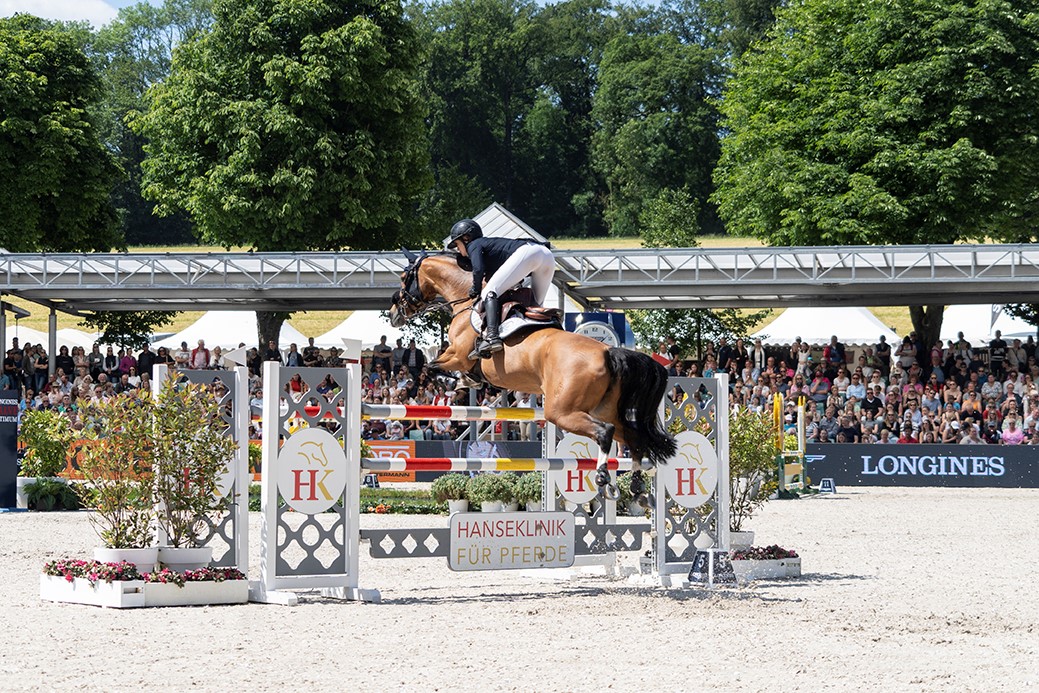The grazing season is the most beautiful time of the year for many horse owners and their animals. But especially for horses prone to laminitis, grazing in spring and summer can be dangerous. Laminitis is an acute disease of the horse that is triggered by an inflammation of the hoof corium and can lead to pain, restricted mobility and, in the worst case, even detachment of the horn capsule.
Laminitis is often triggered by overfeeding with high-energy feed, such as grass or oats. A metabolic disorder or hormonal changes can also contribute. The grazing season is therefore particularly risky, as spring grass is especially high in sugar and horses often eat uninhibitedly. For this reason, it is important that grazing is done gradually and that the eating time is controlled. The time of day can also have an influence on nutrient uptake, as the sugar content in the grass varies throughout the day and increases as the intensity of sunlight increases. The afternoon is more suitable for grazing, as the morning sunlight produces short-chain sugars that are directly available to the horse and can thus be immediately absorbed into the blood. In the afternoon, the storage processes in the grass predominate: sugars are then predominantly present in long chains, which must first be broken down in the digestive tract before they can enter the bloodstream.
The treatment of laminitis requires close cooperation between veterinarian, farrier and horse owner. First, the cause of the disease must be found and treated accordingly. Horses should be fed a low-carbohydrate diet and exercised regularly to improve blood flow to the hooves. In addition, it is essential to minimise the stress on the wearing edge by padding the sole with bandages to support the wearing process. Constant cooling by means of a sprue bandage, a water bath or moist gate litter can help to cool down the hoof and relieve the pain of the inflammation. In severe cases, orthopaedic treatment may be necessary to stabilise the coffin bone.
Unfortunately, when laminitis becomes apparent, the inflammation is often already advanced. The first signs to look out for are an increased hoof temperature, pulsation at the head of the pastern and, the most obvious feature, the characteristic relieving posture.
All in all, laminitis is a serious disease in horses that can lead to irreversible damage if not treated. Dipl.-ACVSMR/ECVSMR Dr Jens Körner therefore advises horse owners to be particularly attentive during the grazing season, to constantly check the gait and hooves and to make regular veterinary and farrier appointments in case of suspicion. This is the only way to ensure the horses’ well-being.

A horse’s hoof suffering from laminitis – before (left), after (right)




